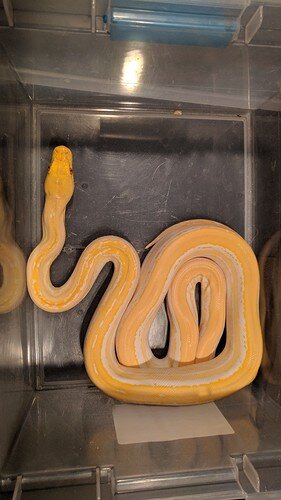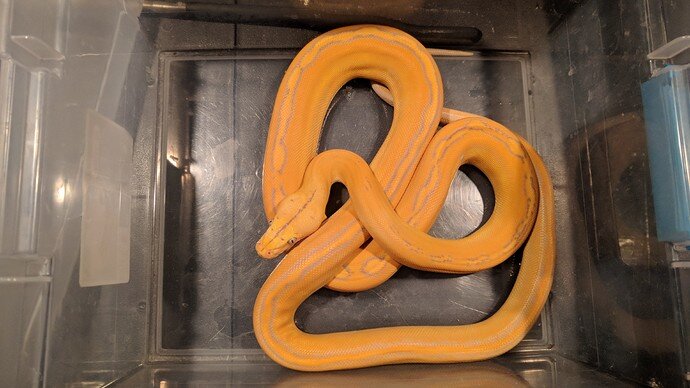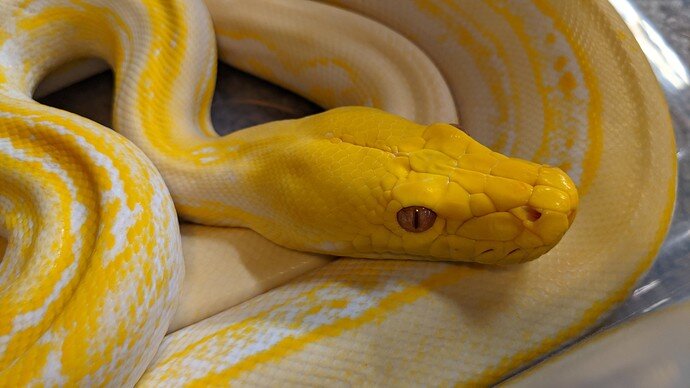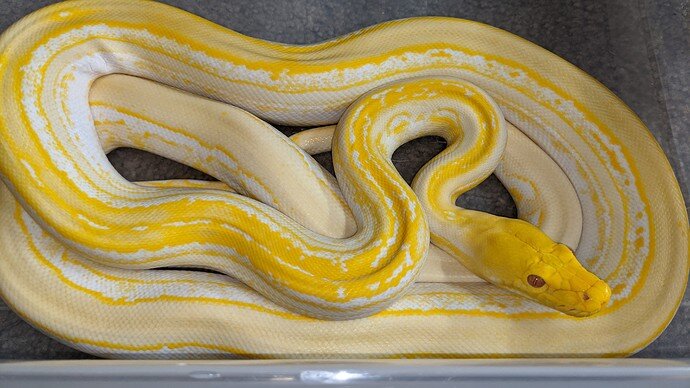Over the last few years I have started investing in high quality animals for future breeding projects. I am new to breeding though I have taken my time to research breeding and prepare for everything I will need beforehand. I am beginning to shop for a hatchling rack and was hoping to get some insight from established breeders.
The animals that will be breeding are:
Dwarf retics
California kings
Honduran milks
Leopard geckos
I want to get into this slowly and I am only planning on breeding one pair of animals a year at most. I was hoping there might be racks out there that support at least two tub sizes as I know the dwarf retic hatchlings will certainly be bigger than the other species. Any information on tubs sizes, number of tubs, brands, etc is appreciated. Basically I’m hoping to get one rack that can comfortable house all these species if that’s possible, but if this is not a great way to go about it I’m all ears.
I was also wondering what I should be expecting for dwarf retic clutch sizes? I’ve read 8-16 or thereabout but I could not find many sources on the topic.




 .
.